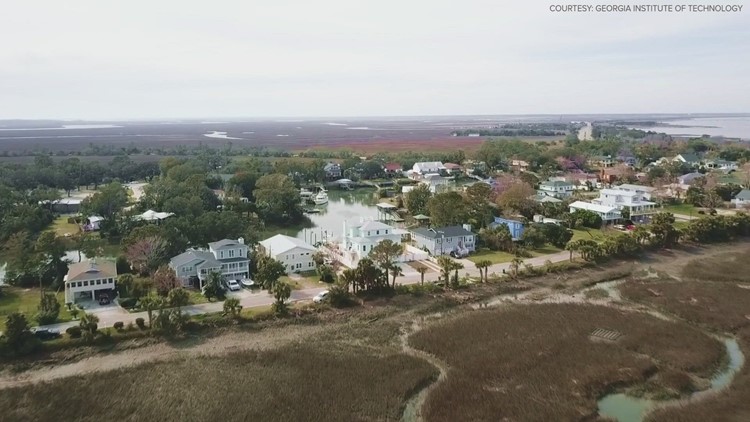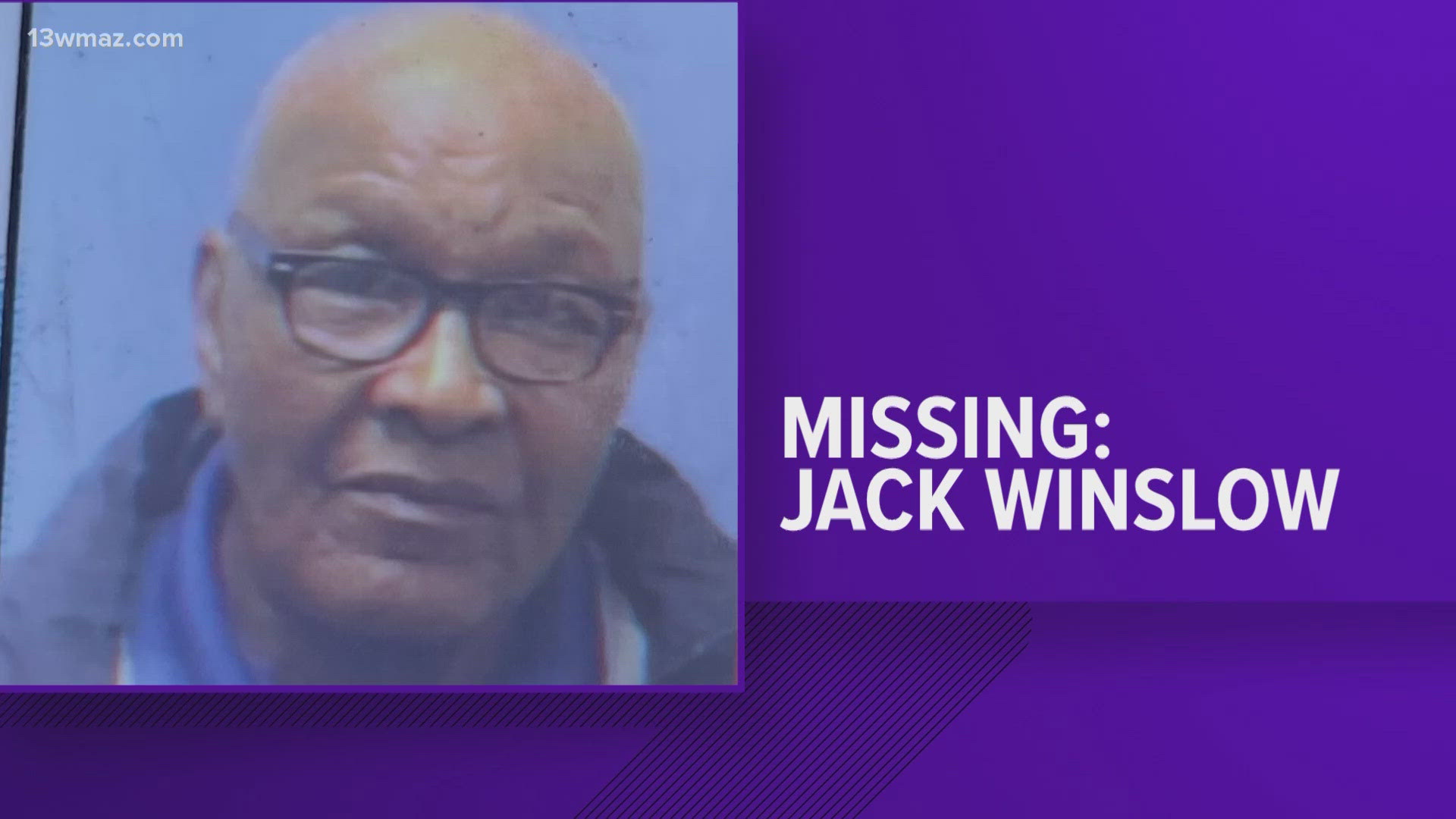SAVANNAH, Ga. —
Georgia's 110 miles of coastline features some of the most diverse ecosystems in our country. It includes one-third of the remaining salt marsh in the Eastern United States and the largest estuary system on the Atlantic coast, according to the website 100 Miles.
However, our coast is becoming increasingly more vulnerable to flooding events as our climate warms. Storm surges in hurricanes, nuisance coastal flood events, and heavy rain-induced flash floods will become a greater risk in the decades to come. Flood events continue to morph and change our coast. And flood events in Chatham County put populations at risk as well.
Until 2018, there were only two tidal gauges in the county the National Weather Service monitored as storms churned off the coast. But Chatham County Emergency Management challenged Georgia Tech research scientist Dr. Russell Clark to do better.
“He challenged us with the goal of ‘Can you tell me when rising water has touched a bridge... gotten high enough that it might actually compromise the structure... because we need to send an inspector out,'” he said.
Out of that came the "Smart Sea Level Sensors Project." Dr. Clark designed a prototype water gauge that was both relatively inexpensive and required very little maintenance that could help them do just that. The device measures the distance between the bridge and the water below it every five minutes. It then transmits that data by radio waves. In real-time, they can now see flood events unfolding.
“With each storm event, there’s a different kind of impact around the community. Some places flood all the time, but some places only flood some of the time, depending on which way the wind is blowing or how much rain we got, or where we are in the tide cycle. So getting that local visibility of how different storms flood in different areas, is what this project is really helping to do,” Dr. Clark added.
The community is helping to make this research possible. Dr. Clark and his team designed the sensors, but it’s a group of students at Jenkins High School in Savannah that now builds and tests each new sensor.
They are working towards the goal of 100 total sensors in the Savannah area. After which, they’ll move further down the coastline and along inland waterways.
“The project is about providing data, about what’s going on in our communities with flooding and changing climate, and impacts on our daily lives,” Dr. Clark said.
Savannah has had a lot of "misses" with recent hurricanes from a flooding perspective. Michael, Irma, and Ian could have been much worse for Georgia’s coastline if their paths or speeds changed slightly.
“We’ve gotten very lucky with recent storms that have passed through. I mean, very lucky," Dr. Clark said. "Many people don’t realize that if some of our recent storms came just a few hours later at high tide, or at a different phase of the lunar cycle, we could’ve been talking about peak surge levels up to 8 feet higher.”
Tides are the pulsing heart of our coastline. These Smart Sea Level Sensors will be the stethoscope to weather our most testing extremes ahead.
You can learn more about this research online here.



